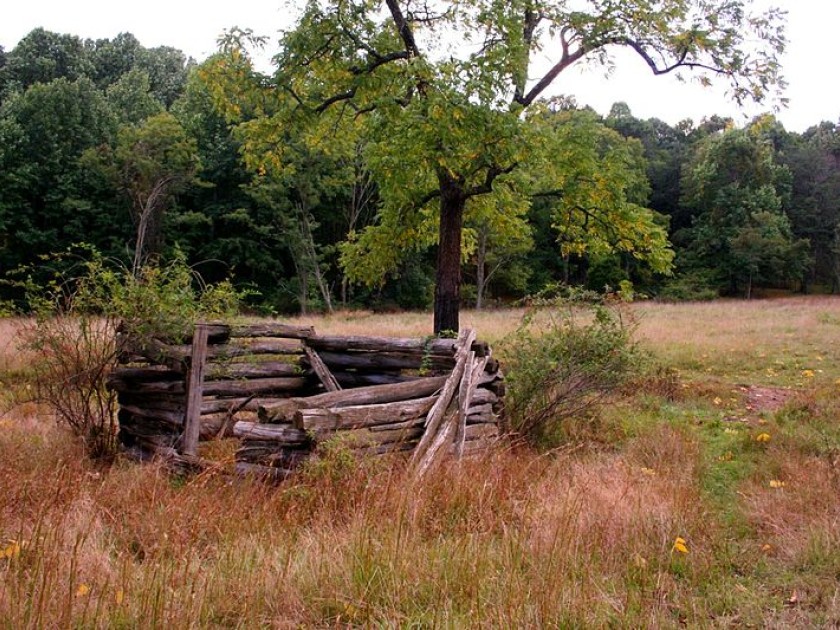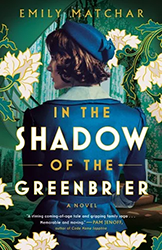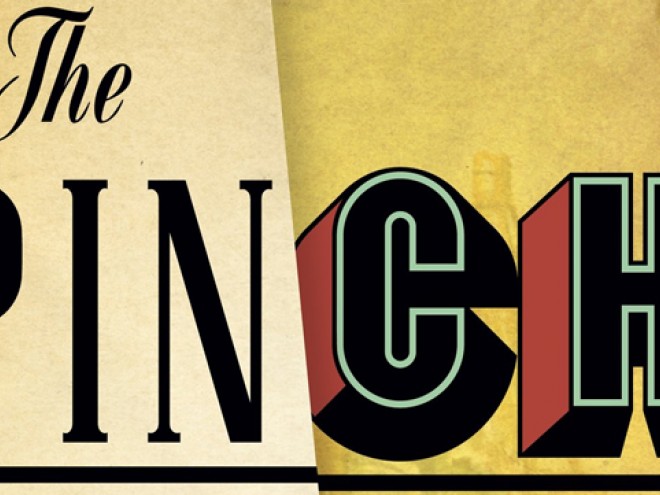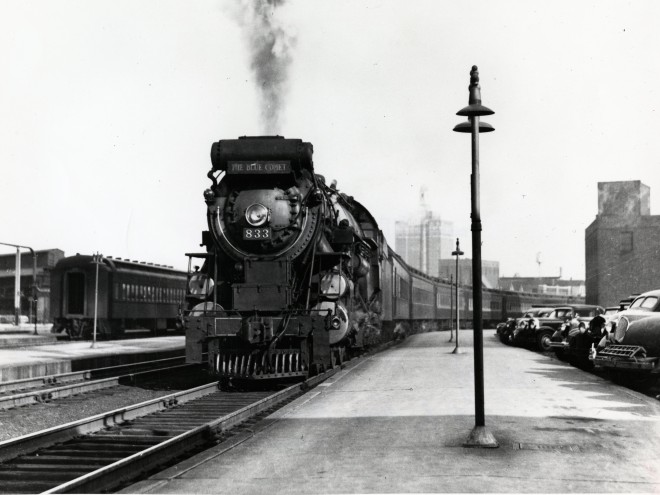
Old storage shed, West Virginia, 2007
The Nativity video was the turning point for my mother. My kindergarten teacher had called her at home that December to ask whether she should let me — the only Jewish kid in the class — watch a video about the birth of Jesus, or have me sit in the hall.
Where am I? my mother thought, not for the first time.
My parents’ sojourn in North Carolina was meant to be brief. She was from Manhattan; he was from a heavily Jewish Baltimore suburb. He was offered a two-year fellowship position, after which they’d move back north. But two years came and went, and the fellowship turned into a permanent job. Now they were homeowners raising kids in 1980s Durham, a place where the butcher looked at you quizzically when you requested a shank bone for Passover; where the synagogue was referred to as “Jewish church”; and where showing a Nativity video in public school was apparently normal. They had choices to make — how to react in situations like these?
My mother chose to educate. She let me watch the video (“I wasn’t going to let you sit in the hall!”). But she also insisted on coming to my class with a menorah and a dreidel to talk about Hanukkah.
I remember being proud when she came, and feeling special. Which was basically the way I felt about being Jewish for the rest of my North Carolinian childhood — proud and special, different in a good way.
My father would sometimes talk about wishing we could live — at least for a while — in New York or Pikesville or Israel, so we could feel what it was like to be surrounded by other Jews. I never saw the point. I liked being different, slightly on the outside. I liked the delicious secret of knowing Santa wasn’t real. I liked the eerie emptiness of Ninth Street on Christmas Day, of being out when everyone else was home. I liked how, on the High Holidays, our synagogue would rent out the auditorium of my high school, and my handful of Jewish classmates and I would get to parade across the student parking lot in high heels and suits, while everyone else was walking to first period English in their regular old jeans and Abercrombie hoodies.
I think this pleasant sense of outsiderness has helped shape me as a writer. I always liked to observe, always liked to think about how people got to where they are, literally and figuratively. I’m interested in people who, like my mother, find themselves in unexpected situations. When you think about it, the plot of almost any story boils down to this same set up: “person in an unexpected situation.” A girl falls down a rabbit hole. A home-loving hobbit is asked to go on a journey. The children of feuding families fall in love. A young Jewish woman moves to an unknown place and must start a new life.
I think this pleasant sense of outsiderness has helped shape me as a writer. I always liked to observe, always liked to think about how people got to where they are, literally and figuratively.
My new novel, In the Shadow of the Greenbriar, explores this sense of outsiderness, of lives taking unexpected turns. My characters make up multiple generations of a Jewish family in rural West Virginia, all asking, to greater and lesser extents, “Where am I? How do I fit here? How can I make my life here?” There’s Sol, a teenage Lithuanian peddler at the turn of the century, who makes a home for himself in a strange new world. There’s Sylvia, a Polish refugee who flees the Nazis and ends up the discontented wife of an Appalachian shopkeeper. There’s Doree, Sylvia’s daughter, who grows up in the only Jewish family in town during the conformist 1950s, desperate to fit in while also being true to herself.
The characters, like my mother, find a middle way of being Jewish in the South that’s authentic to them. They keep two sets of dishes at home, but eat ham biscuits at the fair. They light the Sabbath candles, then go back to work. They attend the town Christmas party but don’t take a picture with Santa. They date non-Jews, but agonize about mixed marriage.
For them, having a sense of apartness allows them to become especially keen observers of the world around them. Some, like Sol, observe with a sense of curiosity and pleasure. Others, like Sylvia, grow brittle, certain the world is staring back at them with hostility.
Four decades after my parents moved to Durham, being Jewish there is no longer such a rarity. The Harris-Teeter has a kosher aisle; the butchers are used to saving shank bones for Passover; the JCC pool has the best waterslide in town; and my old high school has the day off on Yom Kippur.
But I don’t live there anymore. I’m now raising my own two children in a small town in the Midwest — a place with a Jewish community so small you can’t find Hanukkah candles for love or money. My younger son came home from preschool one day last December and happily informed me he’d volunteered me to come show his class menorahs and dreidels. “I’m the only one in my class who celebrates Hanukkah!” he said, delighted.
I don’t know what Judaism will mean to my children as they grow up, but I hope, at least, it gives them a safe perch on which to observe the world, and spread their wings.
Emily Matchar has written for an array of publications, including The New York Times, The Washington Post, Outside, Smithsonian, and The Atlantic. Originally from North Carolina, she lives with her husband and two sons. In the Shadow of the Greenbrier is her first novel.



